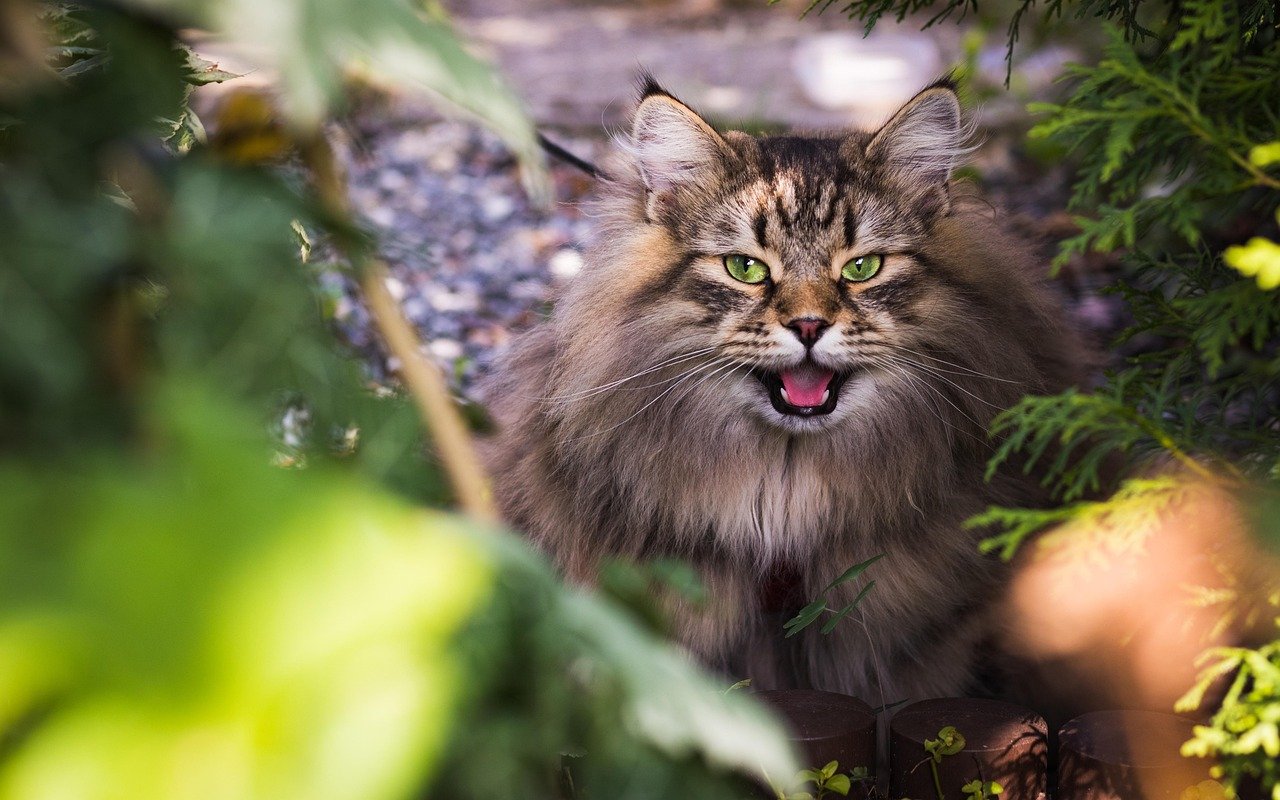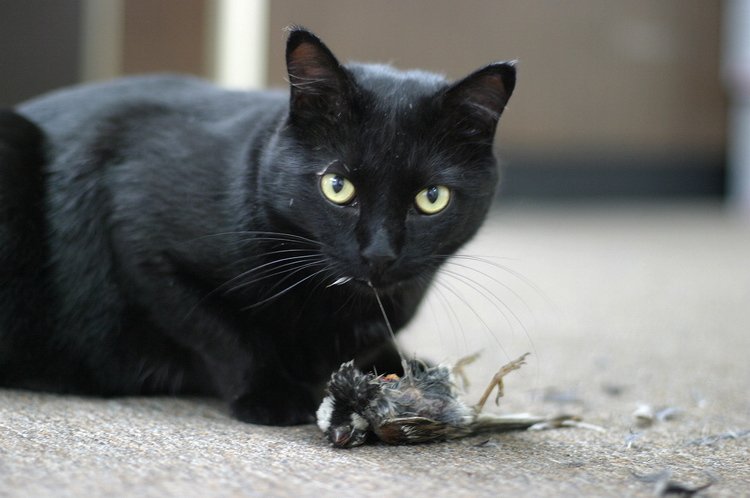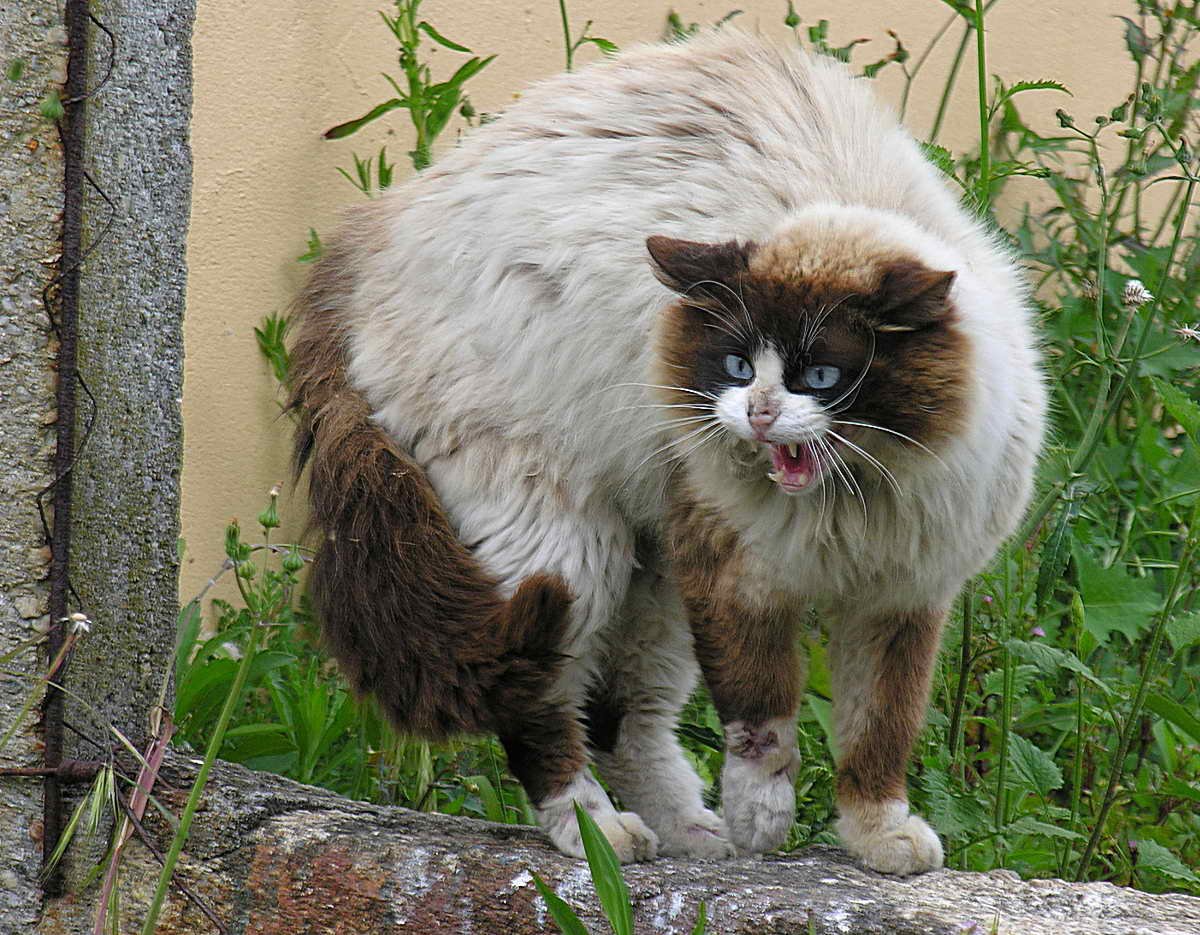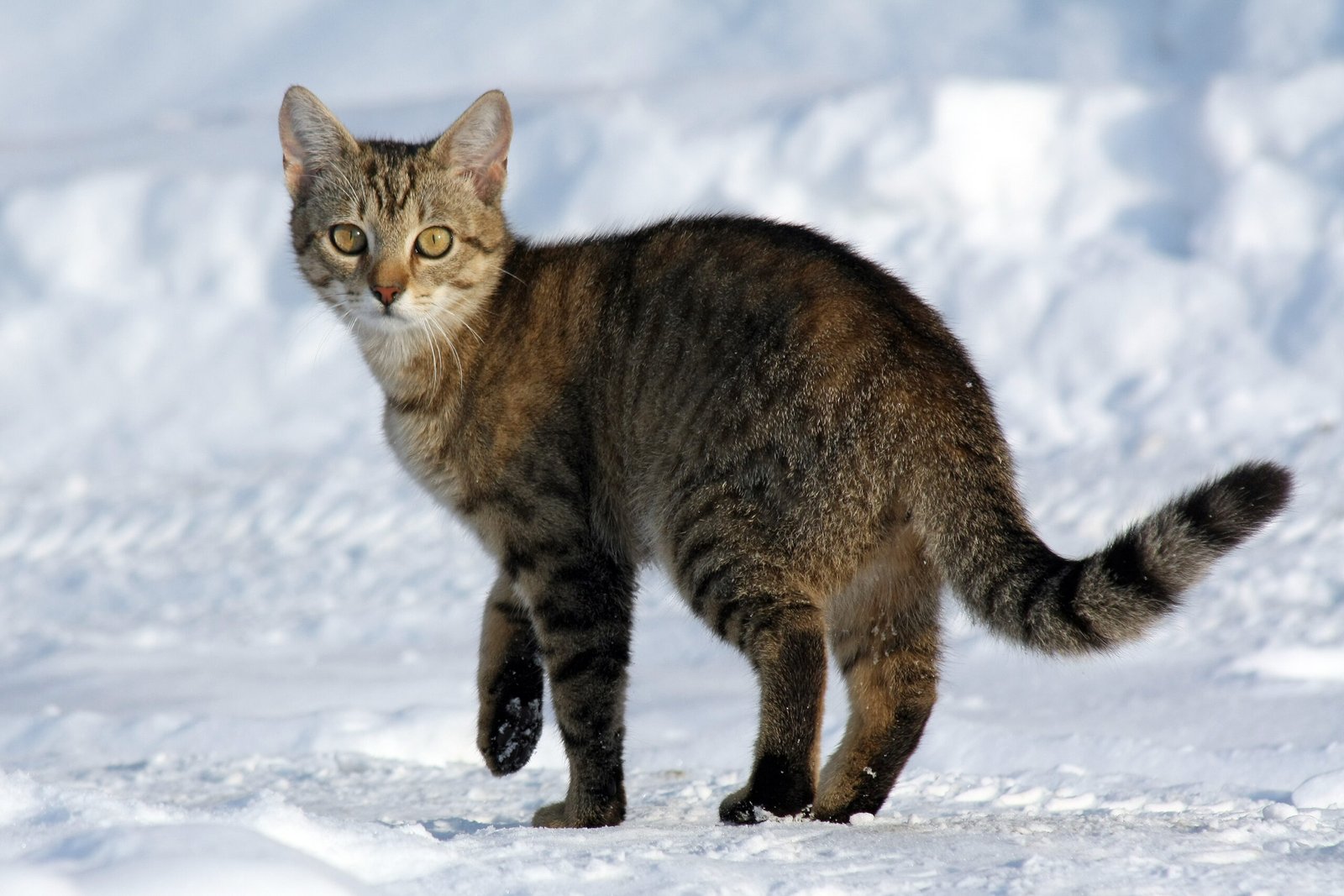Moving homes can be a whirlwind of emotions for humans, but have you ever wondered how it affects our feline friends? Cats are creatures of habit, and a change in their environment can lead to a cascade of emotional shifts. This article delves into the emotional rollercoaster that cats often experience when they find themselves in a new home. As cat enthusiasts, understanding these changes can help us provide the comfort and stability our cats need during this transition.
Heightened Anxiety
One of the first emotional changes you might notice in your cat after moving is heightened anxiety. Cats are territorial animals, and the loss of familiar scents and surroundings can be quite unsettling for them. In a new home, they may exhibit signs of stress such as excessive grooming, hiding, or even refusing to eat. This anxiety is similar to how humans might feel when they move to a new city without knowing anyone. It’s crucial to give your cat time to adjust and provide them with familiar objects, like their favorite blanket or toy, to ease their anxiety.
Increased Curiosity
On the flip side, moving to a new home can also spark a sense of curiosity in your cat. The unfamiliar environment presents new sights, sounds, and smells for them to explore. You might find your cat sniffing around every nook and cranny, eager to map out their new territory. This behavior is akin to a child exploring a new playground. Encouraging this curiosity by providing safe spaces for exploration can help your cat settle in more quickly.
Heightened Territorial Behavior

Cats are known for their territorial nature, and a move can trigger an increase in territorial behavior. They might start marking their new environment with scent glands located on their cheeks and paws. This is a natural way for them to feel more secure in their new surroundings. Imagine moving to a new home and wanting to put up personal photos and decorations to make it feel like yours. Similarly, allowing your cat to establish their territory can help them feel more at home.
Changes in Appetite

A change in environment can also lead to changes in your cat’s appetite. Some cats may eat less due to stress, while others might overeat as a comfort mechanism. This shift in eating habits can be compared to how some people lose or gain weight during stressful times. Monitoring your cat’s eating patterns and consulting with a veterinarian if there are significant changes can ensure they remain healthy during the transition.
Altered Sleep Patterns
You might notice your cat’s sleep patterns change after moving to a new home. Some cats may sleep more as a way to cope with stress, while others might be more restless and sleep less. This can be similar to how humans experience insomnia or fatigue during stressful periods. Creating a quiet, comfortable sleeping area can help your cat adjust their sleep routine more smoothly.
Increased Vocalization

Cats may become more vocal after moving homes, expressing their confusion or seeking reassurance from their human companions. This increase in vocalization is like a person talking more when they’re nervous or excited. Paying attention to your cat’s vocal cues and responding with calm reassurance can help soothe their nerves.
Heightened Affection
Some cats might become more affectionate after a move, seeking comfort and reassurance from their owners. This can be a heartwarming change, as your cat may follow you around more or snuggle up closer than usual. It’s similar to how people seek solace in close relationships during times of change. Embracing this newfound closeness can strengthen the bond between you and your feline friend.
Increased Aggression
On the contrary, some cats may exhibit increased aggression due to the stress of moving. This might manifest as hissing, growling, or swatting. This behavior is comparable to how some individuals might become irritable when under stress. Providing your cat with a safe space to retreat and decompress can help mitigate these aggressive tendencies.
Heightened Sensitivity
A new environment can make your cat more sensitive to changes in their surroundings. They may react more strongly to noises or movements that wouldn’t have bothered them before. This heightened sensitivity is akin to someone being jumpy after a significant life change. Creating a calm and stable environment can help your cat feel more secure.
Temporary Regression

It’s not uncommon for cats to temporarily regress in their behavior after a move. They might revert to kitten-like behaviors such as kneading or suckling. This regression is similar to how some people might revert to childhood comforts during stressful times. Understanding that this behavior is temporary can help you be more patient and supportive as your cat adjusts to their new home.
In conclusion, moving homes can be a challenging experience for cats, leading to a variety of emotional changes. By recognizing and understanding these shifts, cat owners can provide the necessary support and comfort to help their feline companions adjust to their new environment. So, the next time you move, remember to consider your cat’s emotional well-being and take steps to make the transition as smooth as possible.
Hi, I’m Bola, a passionate writer and creative strategist with a knack for crafting compelling content that educates, inspires, and connects. Over the years, I’ve honed my skills across various writing fields, including content creation, copywriting, online course development, and video scriptwriting.
When I’m not at my desk, you’ll find me exploring new ideas, reading books, or brainstorming creative ways to solve challenges. I believe that words have the power to transform, and I’m here to help you leverage that power for success.
Thanks for stopping by, Keep coming to this website to checkout new articles form me. You’d always love it!






